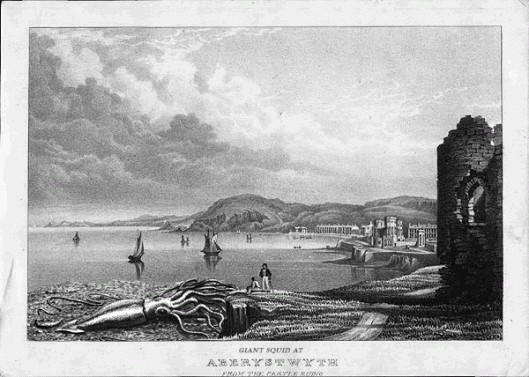Erruptious Reader,
It was probably something you ate.
(tl;dr – one of my old books has writing in it.)
I made a little discovery today of something that reminded me of the joyous liberality of our present times, and I thought it interesting to post here, and hopefully entertain you while you eat those cornflakes*.
I have been doing a little research lately on my third edition of Bellarmine’s Disputations – the Catholic response to the Protestant reformations of the 16th century that systematically and cleverly argues for the return of Catholicism to the Protestant countries. The text itself had a dramatic effect across Europe, especially in England and Germany – two Protestant heartlands – and esteemed clergymen were paid to write rebuttals to what was seen as an incredibly dangerous doctrine to the Protestant cause.
My copy of this fascinatingly important text dates from 1591, a third edition of the first volume, printed in Paris because I’m fairly certain it was banned from being printed this side of the channel. My copy is full of handwritten notes in a mixture of Latin and Ancient Greek, save for one where the reader was so taken aback by what they read that they forgot all their learning and spelt out their horror in plain English.
When I first bought the book I didn’t pay much attention to the writing, since I believed it belonged to a late 17th/early 18th century owner, and I instead focussed on what I believed to be earlier names written in other parts of the book.
Well, looks like I was very wrong; having taken a new look at the book the writing is clearly that of someone who learned to write towards the end of the 16th century, since the style and notations used are of that period. What’s more is the handwriting matches a name written neatly onto the title page of the book; George Carleton.
The date of the handwriting, the depth of knowledge shown by the annotations, and the subject of the book itself point to this George Carleton being the George Carleton who was born in 1559 at Carleton Hall in Cumbria. He rose to bishop of Llandaff in 1618 and a year later became the bishop of Chichester.
Even more interestingly, he wrote a book called Iurisdiction, regall, episcopall, papall, which was one of the many rebuttals to Bellarmine’s Disputations published in those times of religious trouble. So it seems that I own not only a copy of the Disputations, but, within its margins, own the first manuscript notes of Carleton’s Iurisdiction written in about 1609, the year before that book’s first edition appeared.
Anyway, before I went on excitedly about books and the history that a single margin note can contain, I mentioned how one particular one of them had reminded me of the difficulty and the passions that rose up on either side of the Catholic and Protestant countries.
Carleton’s one English note, where the text surprised him so much he gave up writing in Latin or Ancient Greek, reads thus:
O Lord! how is t[his] long suffering al[low]ed. O show th[y] servannts the judgm[en]t of the great whore.
The square brackets are where either the words are shortened, or the 19th century trimming of the pages has removed some of the writing.
This note accompanies an area underlined in the introduction to the book, which roughly translates to:
On the one hand, we understand not the human counsel, prudence, and strength, that has long stopped the Roman Pontifactum; just as much as we understand this rock, founded by God, and by Him strengthened, and of the angels that guard the one heaven. However, by the providence of God and his protection, they may in no way against the gates of hell prevail, whether it be for them the gates of the persecuting tyrants, or their acceptance of the madness of these times, or the anger of those causing these schisms, whether they know their crimes or not.
The note that Carleton wrote refers to the judgement of the ‘great whore’ in Revelation 19:2, where God sends an evil immortal harlot to hell for corrupting the earth.
In this single momentary thought that he penned, he sums up his belief that God and the earth suffer from the corruption of the Catholic church, and voices his wish that Catholics will all be sent to hell for eternity.
Perhaps we forget just how much anger there once was between different parts of the same religion, and though there is far from peace yet between the different dreams of God, there is so little war compared to what there once was. And so much difference in thought, compared to the absolute hate that once existed in so many.
I think I was just surprised to find a little moment of hate written on the page of one of my books over 400 years on.
*I wouldn’t blame you if you aren’t.



